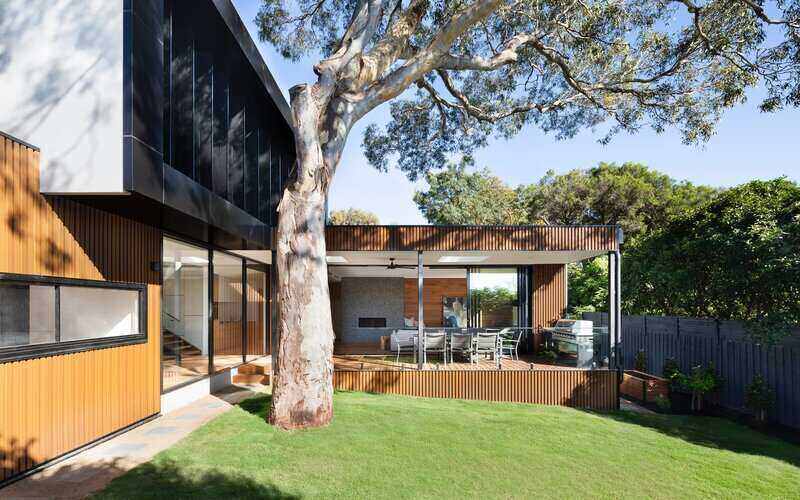The Household Income and Wealth Australia release, which comes out every two years, saw the average equivalised disposal household income sitting at $1,124 per week in 2019-20.
Low, middle and high income households all saw their average weekly disposable income increase by 1%, 4% and 1.2% respectively.
Low income households increased by $4 per week, while high income households increased by $27 per week.
Middle income households saw the largest boost of $37 per week when compared to the 2017 financial year.
But according to Dr Benjamin Mitra-Kahn, ABS' Head of Household Income and Expenditure Data, average household weekly disposable income was statistically unchanged when adjusted for inflation.
"Over the decade from 2009-10 to 2019-20, inflation adjusted, average household weekly disposable income increased by $90," Dr Mitra-Kahn said.
"For low income households, the increase was $33, while high income households saw an increase of $155."
Low income households saw their income increase 8.6%; middle income households saw an increase of 9.9%; and high income households saw a 7.4% increase (inflation adjusted) over the past decade.
Aussies taking on more debt before the pandemic
Household wealth remained relatively unchanged from 2017-18 to the 2019-20, but total household liabilities increased by 7.6% or $14,400 on average.
"While wealth and the distribution of wealth remained relatively unchanged, Australian households saw an average 39% increase in their liabilities over the decade, from $146,200 in 2009-10 to $203,800 in 2019-20," Dr Mitra-Kahn said.
From 2017-18 to 2019-20, total average liabilities significantly increased from $189,500 to $203,800.
Three in four (75%) of households had debt in 2019-20, with 30% servicing a total debt three or more times their annualised disposable income.
Are Australians wealthier as Covid becomes endemic?
This data largely captures pre-pandemic Australia, so now that we're on the tail end of the pandemic, are we better or worse off?
The answer seems to be the latter as net worth per capita sprung up to a 12-year high of $540,000 in September 2021 according to ABS data.
This growth spurt was attributed to property price growth and holding gains in financial assets.
Record low interest rates, along with a range of other factors including government stimulus, saw house prices skyrocket across Australia in 2021.
While the pandemic was good to some, low income households may not have been so lucky.
The divide between high and low income households is continually widening according to research from the Australian Council of Social Service and the University of New South Wales.
The joint report published last year revealed the highest 20% of earners bring in an average weekly income almost six times the income of the lowest 20%.
To learn more: How wealthy are Australians?
Image by James Lee on Unsplash



 Denise Raward
Denise Raward
 Harry O'Sullivan
Harry O'Sullivan

 Rachel Horan
Rachel Horan


